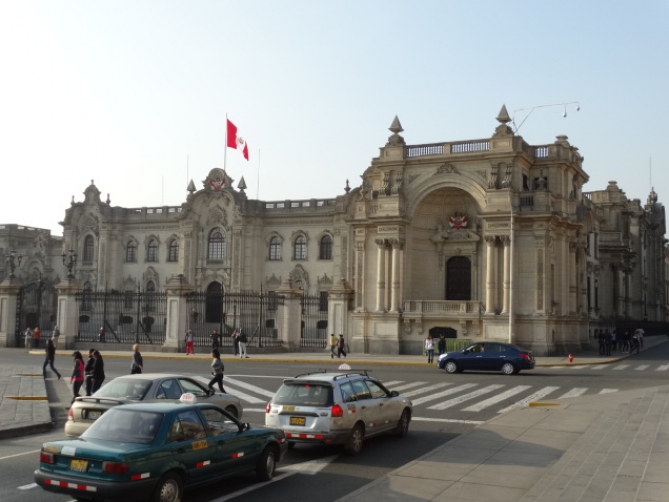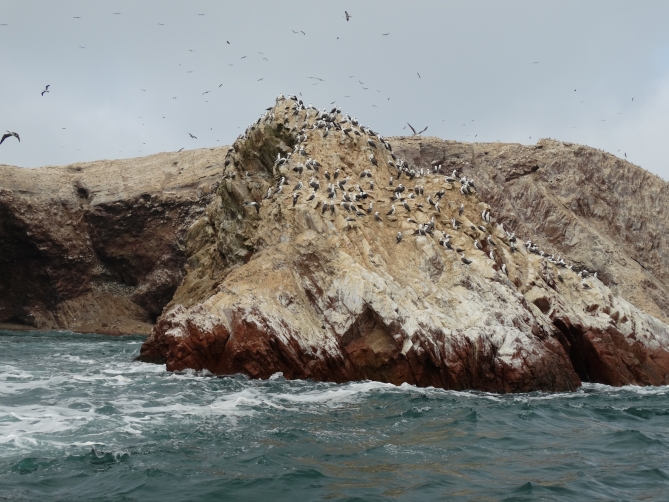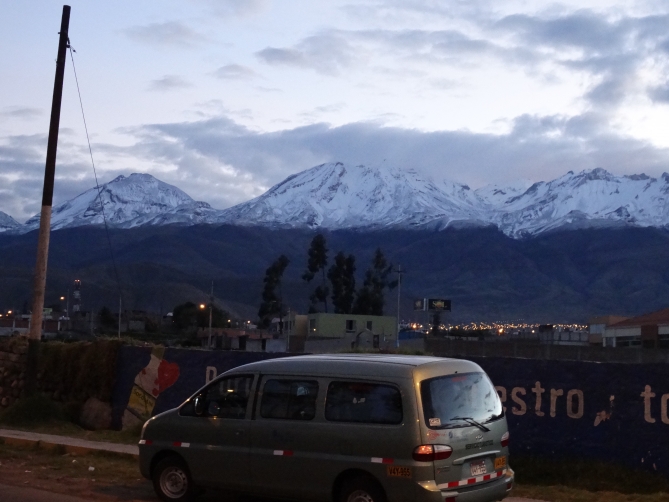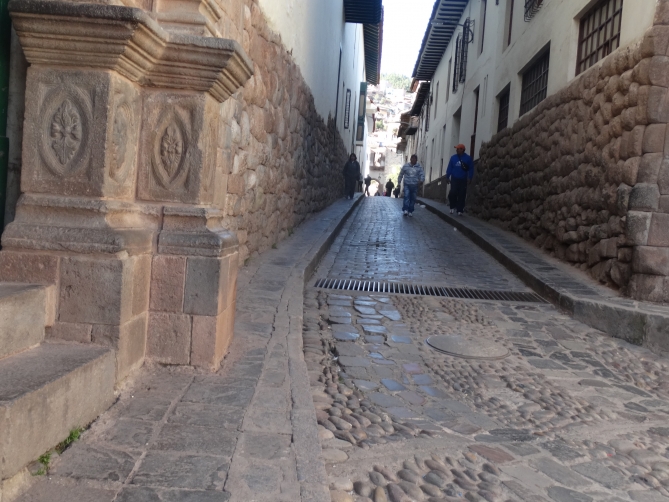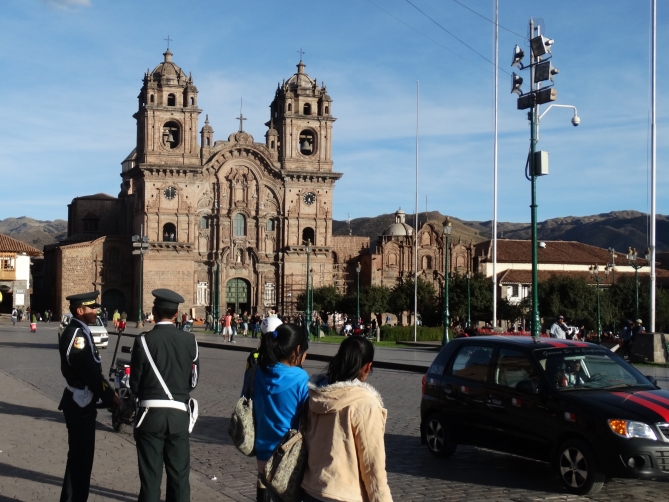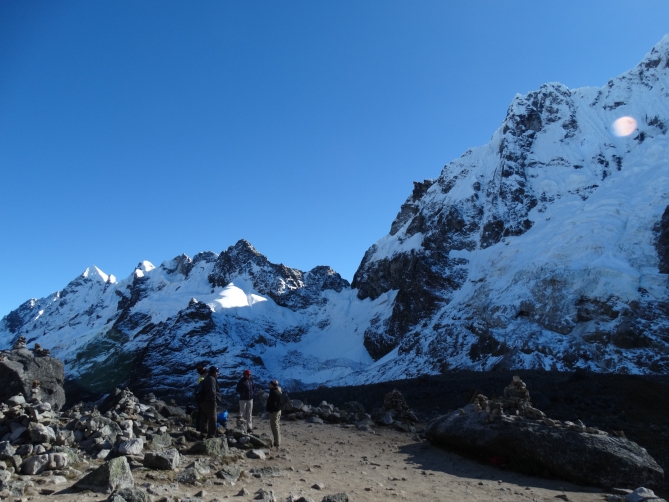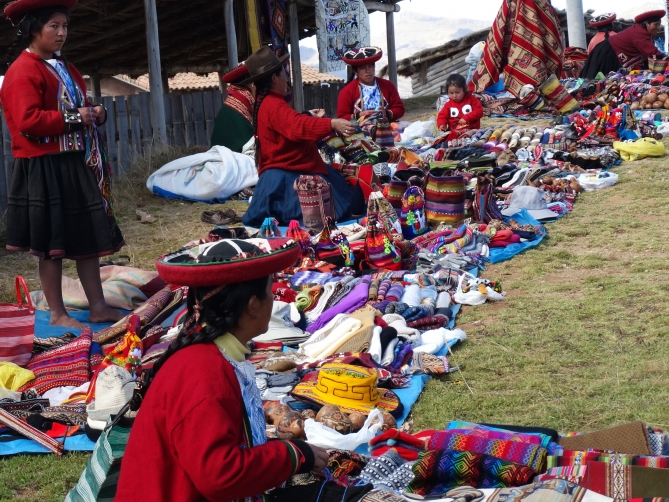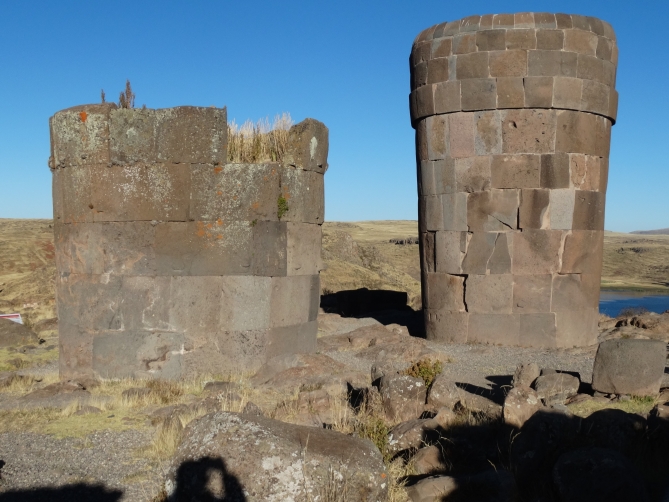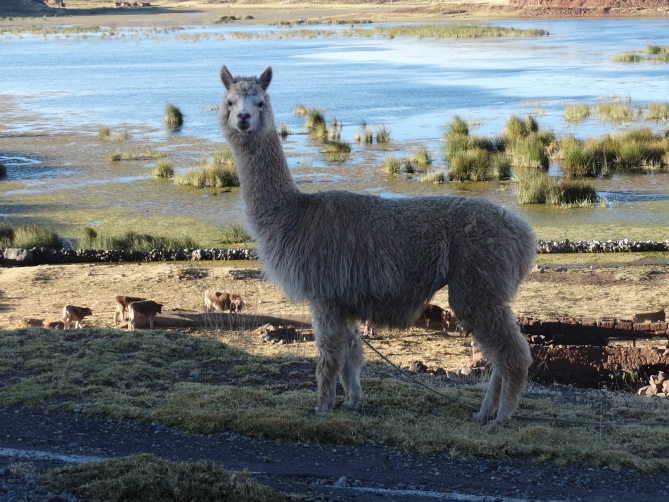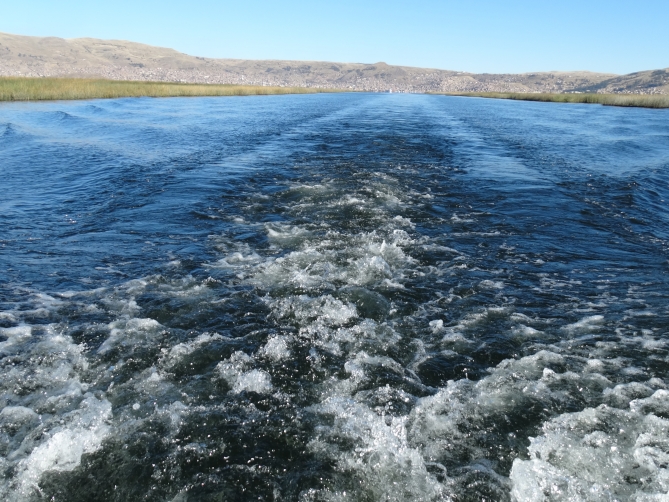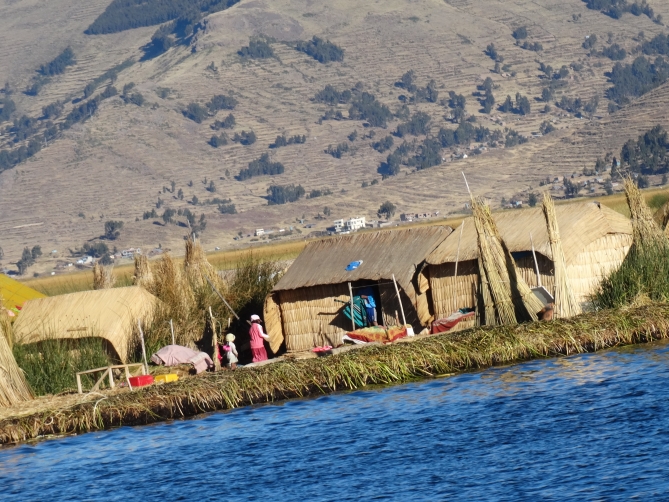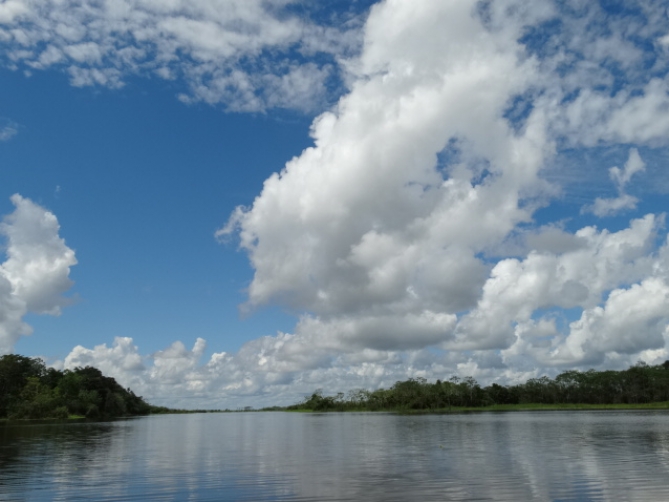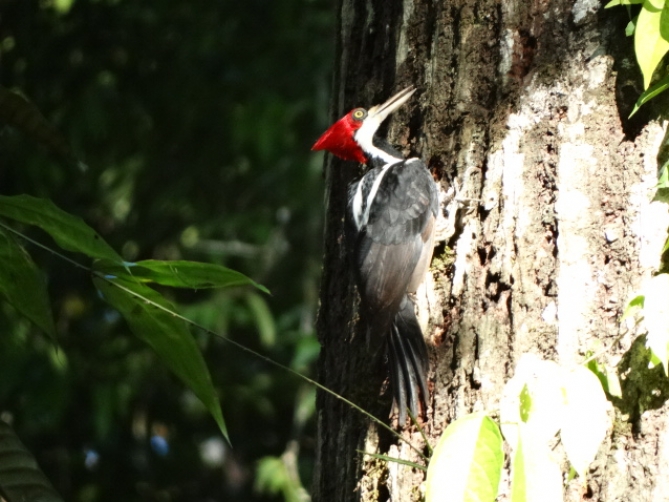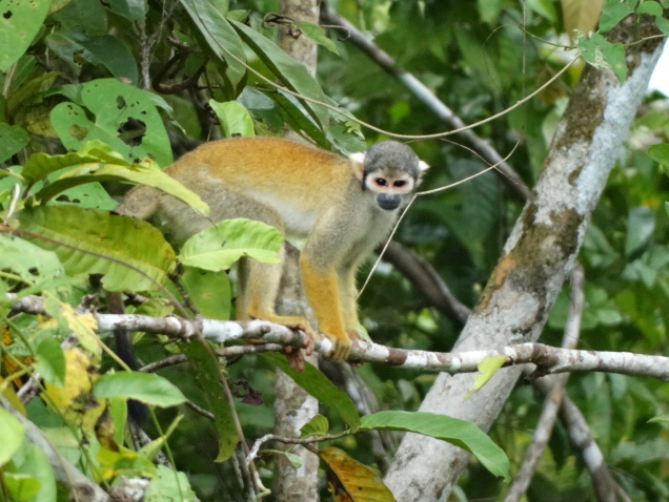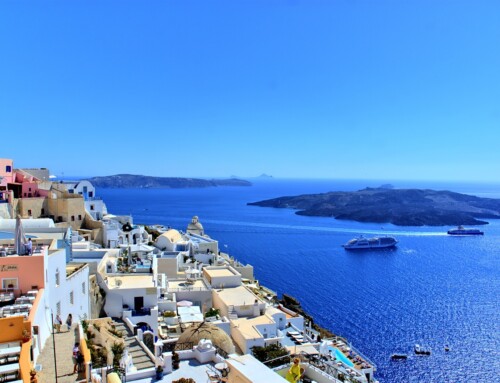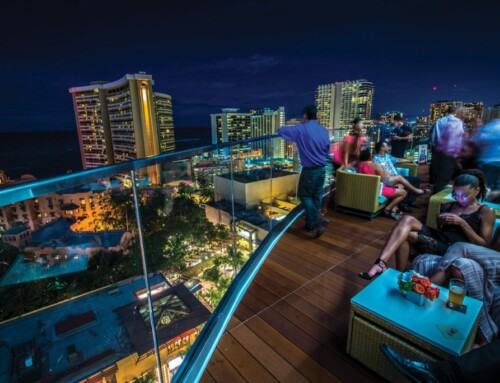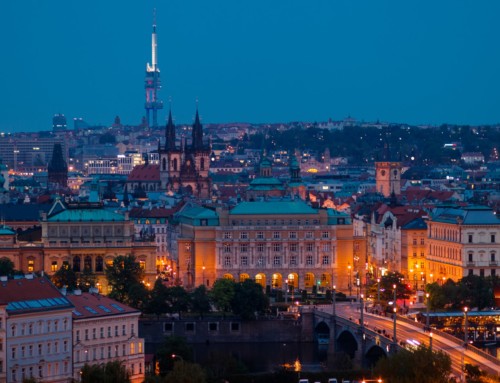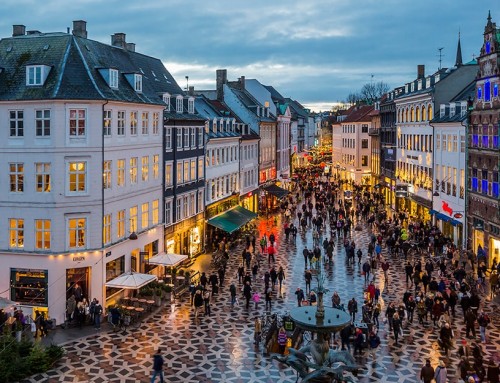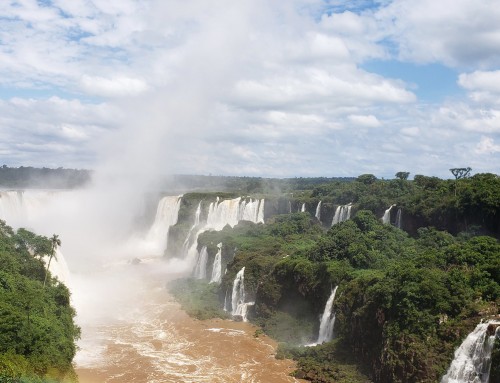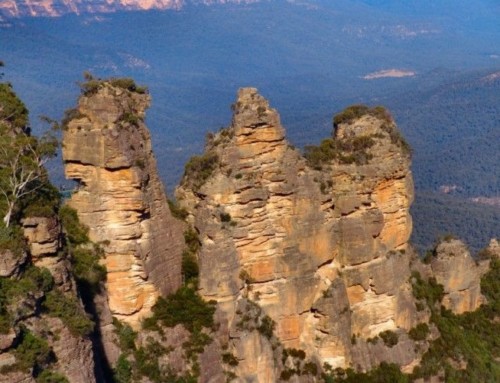“The Journey
of a thousand miles
begins with a single step.”
It had been my cherished dream to see Peru, a name that evoked instant fascination, to travel in the country and do the Inca Trail. The avid traveller and trekker in me strengthened my dream to combine both and turned it into a reality. Thus began my journey of a thousand miles one fine day from India across continents to distant Peru in South America for the start of my adventures in Peru and the moment LAN Airlines touched the Aeropuerto Internacional Jorge Chávez in Lima, the capital, I sighed ‘Hola Peru, my dream has come true!’
I had planned to spend four weeks in Peru and accordingly I had prepared the itinerary which was finally given shape by Travel Aura of Mumbai and Silvana Tours of Lima. My programme in the country gave me ample scope to explore in depth this ancient land and interact with its lovely people. Though I had travelled alone, never for a moment did I feel lost or lonely, such was the excitement of each new place that made my travel an extremely pleasant and memorable experience.
During my four weeks in Peru, besides visiting Lima, Paracas, Arequipa, Colca Canyon, Cuzco, Puno and Iquitos and the many historic ruins, I did a five-day Salkantay-Machu Picchu Trek which I had always passionately desired to do and also travelled to the Amazon Belt. Before flying to Cuzco from Lima I chose to take a break in Arequipa (7,500ft) so that by the time I reached Cuzco (10,800ft) I was sufficiently acclimatized, more so because I was to proceed from there for the Salkantay-Machu Picchu Trek where I would be crossing a 16,300ft Pass. Each city has a distinct spell of its own with a marked past and every city that I visited has a Plaza de Armas, a huge central square, beautiful to walk around. Lima is modern and quite European because of the great influence the Spanish had over the city for three centuries. I loved this city and felt so much at home in La Hacienda, a 4* hotel and in Che Lagarto, a hostel, and whereas I enjoyed walking in the beautiful Miraflores which also boasts of a beautiful Playa (beach), in the Plaza de Armas I feasted my eyes on the splendid colonial edifices such as La Catedral de Lima, the Museums, the Supreme Court, the Government Palace and the Monastery of San Francisco. The Monastery has several underground catacombs with bone-filled crypts. I was at first reluctant to see these, the same being a morbid sight, but I was told by others in the group that though scary, it was worth having a look. I almost felt sick.
As I disembarked at the airport in Arequipa, I was greeted by one of the most glorious sights; I was face to face with Mt. Chachani, the active volcano of El Misti and Pichu Pichu. It is a city in white of grand buildings of the 17th and 18th centuries and mouth-watering chocolates. But it is Cuzco where I spent almost a week that remains my favorite city which exudes an old-world charm and the Hotel Ruinas which personifies Cuzco became my home away from home for that period. Of the two prominent indigenous peoples, namely, the Quechua and the Aymara, Cuzco is pure Quechua and the indigenous language Quechua is widely spoken. Yes, Cuzco, the ancient capital city of the Incas, the navel of the universe, left me spellbound with its Inca culture and civilization, its narrow cobbled streets and its many ruins of Sacsayhuaman, Q’enqo and Tambomachay. An overnight excursion to the Sacred Valley of the Incas with a visit to Chinchero, a colorful local market, en route, was equally interesting and it was such pleasure and a treat to the see the handsome llama, the vicuna and the alpaca in good numbers in the highlands. In the Plaza de Armas in Cuzco there now stands the Cuzco Cathedral where there once was an Inca Palace. Certainly not to be missed. Quorikancha, meaning golden courtyard in Quechua, is the base of Iglesia de Santo Domingo, a colonial church. This Inca site was once full of gold but now there is nothing left except skilled stonework. Peru had a tremendous amount of gold during the pre-Columbian days, but the conquerors plundered it all. The museums here are replete with pre-Columbian art showcasing its rich heritage.
From Cuzco I took the Andean Explorer Train, a journey of almost 10 hours, being a sheer delightful experience, to Puno (12,650ft), the folklore capital. Here, in a popular restaurant I watched a folk music and dance show stunningly performed by artists dressed in colorful eye-catching costumes. In Puno, both Quechua and Aymara languages are spoken. In fact, my guide spoke both the languages as also Spanish and English. I visited Sillustani and saw the ruined funerary towers which the Aymara tribe called chullpas. The nobility was buried in the big towers and the ordinary people in much smaller ones which were spread all over the hills. I was at the Hotel Jose Antonio, which commanded a great landscape of Lake Titicaca and the lights of the city beyond. A boat excursion on Lake Titicaca, the highest (12,800ft) and largest freshwater navigable lake in the world, bordering Bolivia, as also the visit to the floating Uros Island made of local reeds, in particular, gave an extraordinary insight into Nature’s bounty and a lifestyle of its inhabitants.
What, however, interested me as much was the Salkantay-Machu Picchu Trek. The Salkantay-Machu Picchu Trek in the foothills of the Andes was so extremely enjoyable and uplifting as we trekked to a high Pass at an altitude of over 16,300ft and so isolated, it was remoteness at its remotest. But the majestic Salkantay in full view inspired us to keep marching and lifted our spirits. Further what amazed me immensely was the magnificent Machu Picchu set in spectacular scenery and cloud forest on a distant mountain-high, the indestructible structure of the 11th century AD, the Lost City of the Incas, the Inca icon, so synonymous with Peru, a World Heritage Site and now one of the New Seven Wonders of the World, at once so overwhelming and awe-inspiring, speaking volumes for the ingenuity, endeavor and architectural feat of the Inca race. Walking up its huge steps, I paid a silent tribute to the Incas for leaving for posterity this maravilla del mundo. Since the Incas had no written language, nobody knows why they constructed Machu Picchu or how they made use of it before abandoning it 200 years later. And one is indeed grateful to the Spanish Conquistadores for their ignorance of the existence of this magnificent site, else they would have destroyed this important piece of Peruvian history, a marvel of the world and one of the renowned archeological sites.
From the Peruvian Airline as it was approaching Iquitos Airport I could see the beginnings of my Peruvian jungle adventure. As I landed in Iquitos, I felt I was in north India on a scorching summer day. Soon, however, by afternoon the showers brought about a dramatic change in the weather so typical of the Amazon. Iquitos and its people presented an altogether different picture, quite different from the other parts of the country I had already visited. Iquitos itself can be reached only by plane or by boat, no road can take you to this big city of the Amazon, the largest rainforest in the world. Here in the Amazon I saw its origin at the confluence of the Marañón and the Ucayali, the two big rivers of the Amazon and a host of flora and fauna during my four days at the Pacaya-Samiria National Reserve. From Iquitos I took a boat trip to the site of the Brazilian nut trees standing, oh, so tall. The nuts are seeds in a pod, the size of a coconut, which grows on the tree. I saw the pod being cracked open in half and it contained about 20 fairly big-sized nuts. But surprisingly, once the nuts are emptied from the pod, the same cannot be all fitted in again. Another of Nature’s ways indeed. Visiting one of the tribes of the Amazon and spending some time with them was quite an experience and to know how close to Nature they lived. The famous Belen Market with its novel characteristics was a place a vegetarian like me could best have avoided, but curiosity had led me there. Then there were the peki-peki boats which were such fun to sail.
Peru is quite the gastronomical country with a wide variety of food. Its national dish is Ceviche made of lime-marinated seafood and its national drink is Pisco Sour made of egg white, syrup, lemon, bitters and crushed ice. This is also given in hotels as a welcome drink. It’s delicious. I also tried the chicha morada, a purple corn syrup, another popular Andean drink, but for which one has to cultivate a taste. Hundreds of variety of potato grows in Peru and consumed in large quantity but the most highly nutritious indigenously grown cereal is a grain called the quinoa grown in the Andes since the time of the Incas. This quality of quinoa prompted the United Nations to declare 2013 as the International Year of the Quinoa. I relished the soup of this healthy grain mixed with vegetables and Andean cheese. A hot drink which I regularly had on the trek was Maté de coca, a type of plant growing in the Andes, which is most effective against altitude sickness and has other health benefits.
Whether it is the natural splendors, the magnificent cathedrals and museums, the ruins, the warm, friendly and interesting people, the local cuisine or ethnic shopping, Peru has it all and casts its magical spell on the traveller. It swept me off my feet. It is a country of just 29 million people with a strong currency and robust economy. The hotels, both 4* and 3* and the hostels are excellent and I found taxis quite safe. Like other countries of South America and Central America except Brazil, the language in Peru is Spanish. Indeed, ‘travel is the only thing you buy that makes you richer’. I wish more people would visit this fascinating country and absorb its rich past and its dynamic present, but not simply as tourists. I had a wonderful time in Peru and I felt the pulse of the place travelling, trekking, boating and interacting with its charming people and it has enriched me with an amazing experience of a faraway land.
(The writer is a lawyer and lives
in Mumbai (Bombay). She is a
keen traveller and trekker.)

